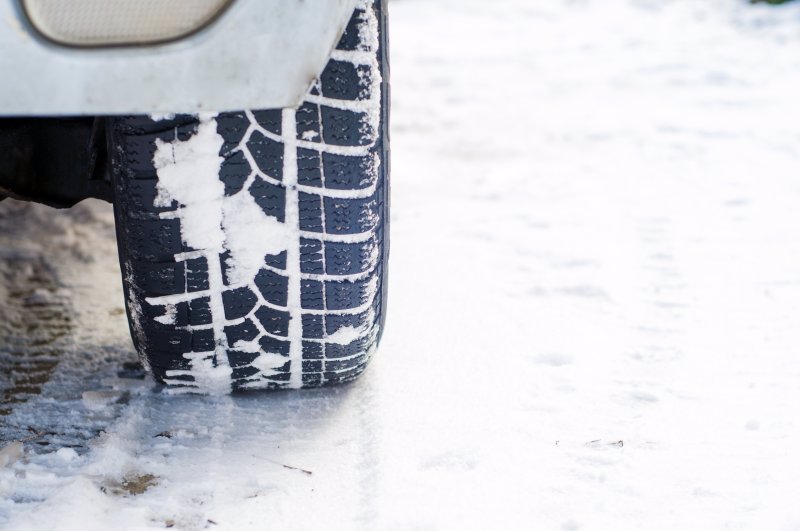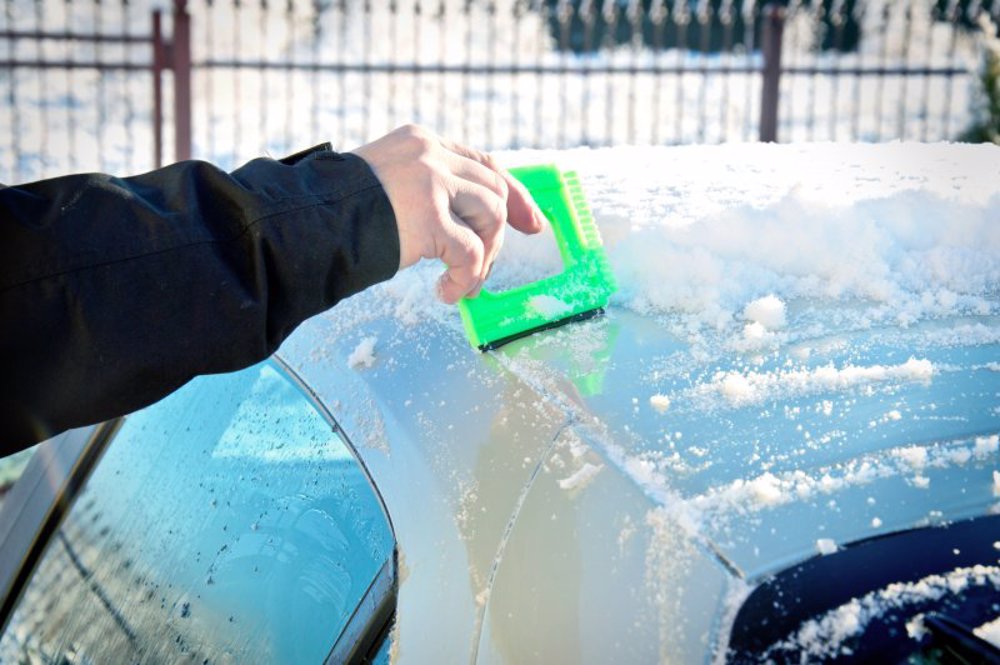10 winter driving tips
10 winter driving tips
26 Feb. 2021

Driving in winter can be a challenge even for experienced drivers, especially when snow and ice are involved. In the case of novice drivers, safe driving in winter requires attention, but also extra vigilance on the road. Whether we are talking about snow or sleet, or ice and low temperatures, they all have an effect on the conditions in which we drive the car. That is why it is important to prepare our car to be adapted to winter conditions and to drive with extra attention.
To make things a little easier, we've put together a list of the most important things to look out for when driving in the winter.
1. Slow down and don't follow too closely to the vehicle in front, so that if you lose control of the car, you have more time to stop!
Simply reducing speed and adding extra distance when driving in winter will greatly reduce the likelihood of an accident. These basic safety precautions help you maintain and regain control of your car and give you more time to prepare for more dangerous curves or icy sections of road.
2. Make sure you always have a clear view of the road!
 From a frozen windshield to dim headlights or an empty tank with windshield fluid, it is difficult to maintain a clear view of the road in winter. Make sure the car's heating and cooling systems are working properly to demist the windshield! Keep a squeegee handy to clean ice windows and windshields and make sure the windshield fluid tank is filled and the wiper blades are not damaged. Also, make sure that the headlights are clean and in good working order.
From a frozen windshield to dim headlights or an empty tank with windshield fluid, it is difficult to maintain a clear view of the road in winter. Make sure the car's heating and cooling systems are working properly to demist the windshield! Keep a squeegee handy to clean ice windows and windshields and make sure the windshield fluid tank is filled and the wiper blades are not damaged. Also, make sure that the headlights are clean and in good working order.3. Check your tires!
Tightness is seriously reduced in winter, so it is essential to make sure the tires are in good condition. Some winter tires will give you better grip and traction in winter.
4. Keep the tank full!
At any other time of the year, you may be a little careless when it comes to the amount of fuel you have in the tank, but running out of fuel in the winter is something you should avoid.
5. Don't rush!
Although it may seem like trivial advice, avoid rushing when you are driving in winter conditions. Don't wait until the last minute before setting off! Give yourself more time than usual to get to your destination to make sure you are there on time.
6. Check the weather before setting off!
Ckeck weather conditions before starting the trip, not only at the point of departure, but also at the destination. If it seems that the roads will be too dangerous or that certain parts of the road will be blocked due to heavy snowfall, first check if you can follow another route to reach your destination or change your travel plans!
7. Properly maintain the car in winter!
Winter puts pressure on the vehicle, so you need to put even more effort into maintaining the vehicle to make sure the car is in perfect working order. To know for sure that you are moving safely, make sure that the tires are in good condition and have optimal grip! Especially in winter, the tire pressure must be checked constantly because temperature variations alter the tire pressure.
8. Make sure you have safety equipment in case of damage or if you get stuck in the snow!
Winter conditions aggravate the severity of potential accidents, damage or other car inconveniences. You should keep a jacket, blanket and gloves in the car in case you get stuck in the cold. Beyond that, a squeegee should always be at hand to use on the windshield surface or, if necessary, on the side mirrors. A snow brush or a shovel could also be useful if you stay snowy.
9. Give yourself more time to get to your destination!
Travel can take longer in winter than at other times of the year, especially if roads are frozen or certain areas of the road are blocked due to heavy snow. Driving in unfavorable weather conditions is stressful enough without the added pressure of being late, so choose to start earlier.
10. Know the route!
Before you start the road, make sure you know the route as much as possible to avoid sudden stops and quick changes of direction, which could cause collisions with cars on slippery roads.